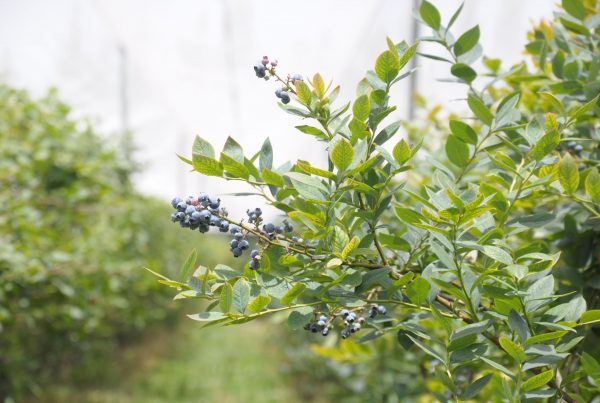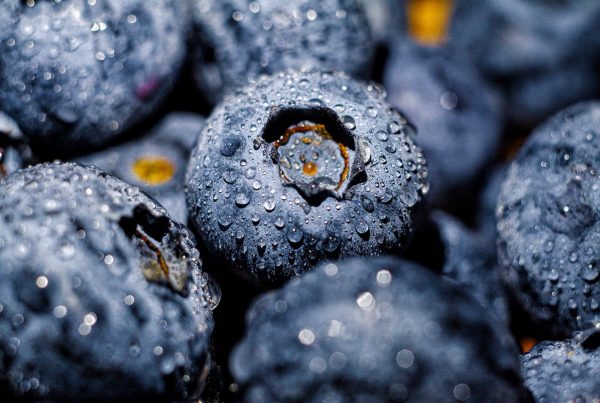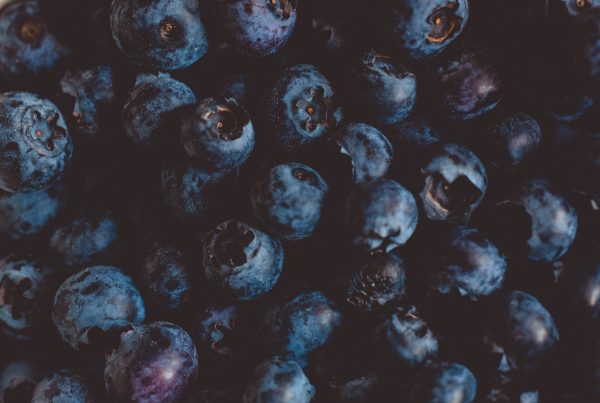Newsletter 167 – 05.08.2024
The campaign that has just ended evolved differently from previous ones. But this was not foreseeable at the beginning, which is why uncertainty reigned throughout much of it. The phenomenon that had the most impact was El Niño, which meant that Peru practically did not have a winter. This altered crop cycles, with early varieties being the most affected, especially Ventura. This is a successful variety, which had a great expansion in Peru, contributing a third of exports in 2022/23. The result was that during the first part of the campaign, Peru exported much less than expected. Until the beginning of November, it had shipped 40% less than the previous year. In mid-November the situation began to reverse. Peru gradually recovered its usual shipment rate, and even during the last months, January to March, it exported much more than other years. The inconveniences that arose were not only these changes, but it was very difficult to prevent, anticipate and schedule shipments in the medium and long term.
On the other hand, the markets were demanding blueberries and the voluminous shipments that they were used to receive starting in October were missing. Therefore, they looked for alternative suppliers. Chile, South Africa, Argentina and Uruguay were able to take advantage of this favorable situation, although they were not able to replace the Peruvian absence. Production cannot be expanded overnight. The climate was not always as desired either, rain and cold delayed ripening. The result of this was undersupplied markets and attractive prices.
But the second part of the campaign also had its surprises, developing differently than expected. Normally it is Chile that dominates during January to February, being complemented by smaller suppliers. But this year Peru did not behave like a minor supplier, it continued to send significant quantities during the first months of the new year. Markets soon became oversupplied and consequently prices fell, becoming unattractive.
Peru ended its campaign with a total of 224,000 tons exported, which was 22% less than the previous season. This volume represented two thirds of the total exported by the southern hemisphere. Chile followed with an export of 86,000 tons, a value similar to the previous year. It contributed 25% of the southern total. In South Africa it was also the weather that did not allow the levels of the previous year to be reached. It exported 21,000 tons, 12% less than in 2022/23. Argentina, Colombia and Uruguay, although smaller suppliers, were able to take advantage of the favorable situation and increase their shipments. Argentina exported 6,400 tons, +50% compared to 2022/23; Colombia 420 tons, +54% and Uruguay 320 tons, +70%.







